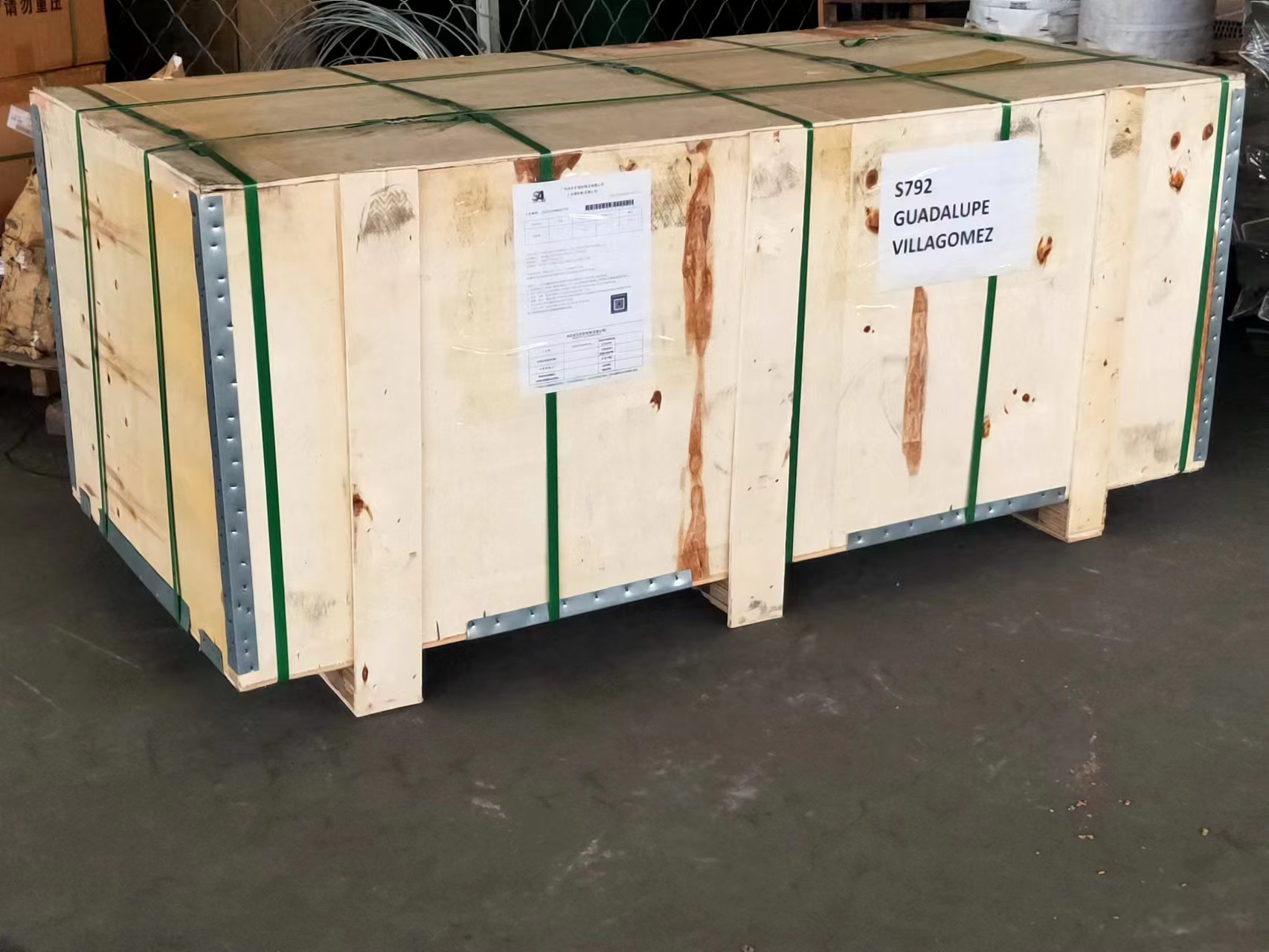Efficient Equipment for Producing High-Quality Fish Feed in Modern Aquaculture Industry
Aug . 13, 2024 01:02 Back to list
Efficient Equipment for Producing High-Quality Fish Feed in Modern Aquaculture Industry
The Evolution of Fish Feed Manufacturing Machines Meeting the Aquaculture Demand
The aquaculture industry has been experiencing exponential growth over the past few decades, driven by the increasing global demand for seafood. As a result, the need for efficient and high-quality fish feed has never been greater. The evolution of fish feed manufacturing machines is at the forefront of this change, providing innovative solutions that cater to the specific dietary needs of various fish species while ensuring sustainable practices.
Understanding Aquaculture's Demands
Aquaculture, the farming of fish and other aquatic organisms, requires management of not just breeding and harvesting but also feeding. Fish feed is crucial for the growth, health, and overall productivity of aquatic species. Therefore, manufacturers are increasingly focusing on developing feeds that are not only nutritious but also palatable and environmentally friendly. This shift has led to the demand for sophisticated manufacturing machines that can produce high-quality feed efficiently.
Advanced Feed Production Technology
Modern fish feed manufacturing machines utilize advanced technology to ensure that feed production meets the rigorous standards of the aquaculture industry. These machines are designed to handle various feed ingredients, including fish meal, plant proteins, oils, vitamins, and minerals. The manufacturing process typically involves several steps grinding, mixing, conditioning, pelleting, and drying.
1. Grinding The initial step involves reducing the size of feed ingredients to ensure uniformity and improve digestibility. Advanced grinding machines can efficiently process various materials while preserving their nutritional value.
2. Mixing Once ground, the ingredients are mixed to create a homogenous blend. Modern mixing machines, equipped with precise measurement tools, ensure consistent formulation, which is critical for the health of the fish.
fish feed manufacturing machine

3. Conditioning The mixed feed is then conditioned using steam and heat, which enhances the binding of the ingredients and boosts nutrient availability. This step is vital for the production of high-quality pellets.
4. Pelleting In this crucial phase, the conditioned feed is transformed into pellets using a pellet mill. This machine compresses the feed mixture through a die, producing pellets of various sizes suited to different fish species. Innovations in pelleting technology have led to improvements in pellet durability and water stability, reducing waste in aquatic environments.
5. Drying The final step involves drying the pellets to the appropriate moisture content. High-tech drying machines ensure that the feed retains its nutritional integrity while preventing spoilage.
Sustainability in Fish Feed Manufacturing
As the aquaculture sector grapples with environmental challenges, fish feed manufacturing machines are adapting to promote sustainability. The use of alternative protein sources, such as insects and microalgae, is gaining traction, and manufacturers are investing in machines that can process these innovative ingredients. Additionally, minimizing waste and enhancing energy efficiency during the production process is of utmost importance.
Conclusion
The evolution of fish feed manufacturing machines reflects the aquaculture industry's need for quality, efficiency, and sustainability. As technological advancements continue to reshape this field, manufacturers are better equipped to meet the demands of fish farmers globally. It is essential for the industry to remain committed to developing innovative solutions that not only support fish growth but also contribute to the health of our oceans and aquatic ecosystems. With the right machinery and practices in place, the future of fish feed production looks promising, ensuring a sustainable supply of seafood for generations to come.
-
Hot Sale 24 & 18 Door Rabbit Cages - Premium Breeding Solutions
NewsJul.25,2025
-
Automatic Feeding Line System Pan Feeder Nipple Drinker - Anping County Yize Metal Products Co., Ltd.
NewsJul.21,2025
-
Automatic Feeding Line System Pan Feeder Nipple Drinker - Anping County Yize Metal Products Co., Ltd.
NewsJul.21,2025
-
Automatic Feeding Line System - Anping Yize | Precision & Nipple
NewsJul.21,2025
-
Automatic Feeding Line System - Anping Yize | Precision & Nipple
NewsJul.21,2025
-
Automatic Feeding Line System-Anping County Yize Metal Products Co., Ltd.|Efficient Feed Distribution&Customized Animal Farming Solutions
NewsJul.21,2025






